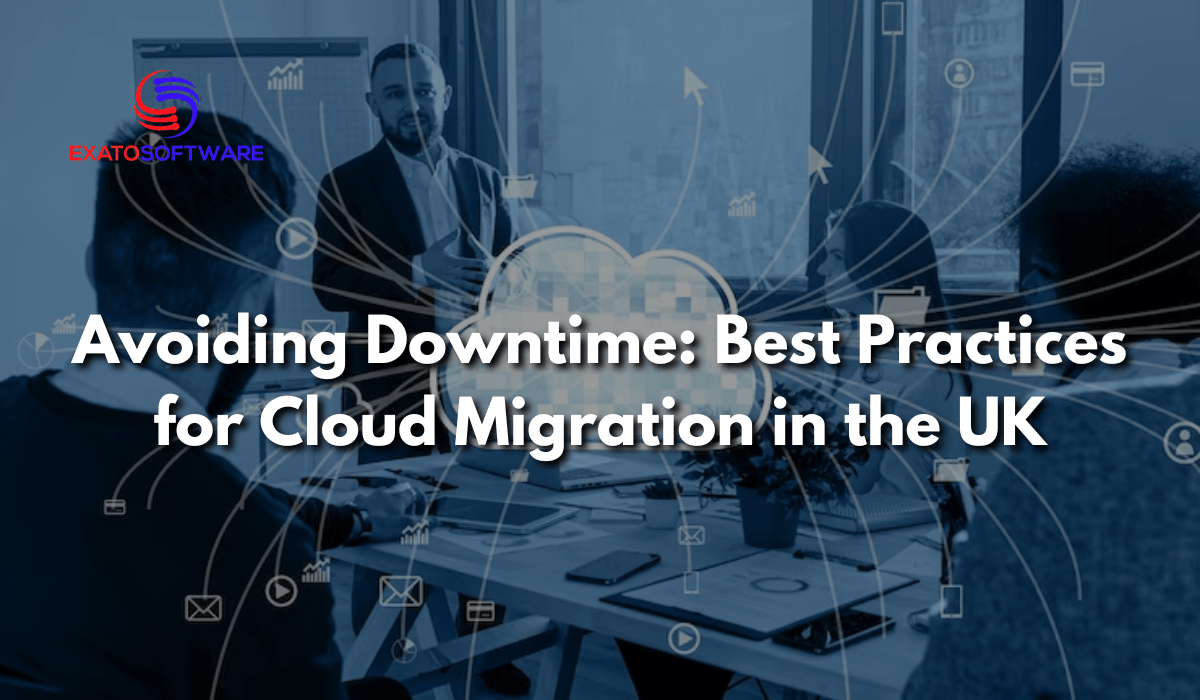In an era where digital transformation dictates the pace of business growth, cloud migration stands out as a pivotal step for companies in the UK looking to harness the power of cloud computing. The benefits are clear: scalability, flexibility, and cost-efficiency.
However, the journey to the cloud is fraught with potential pitfalls, with downtime being among the most disruptive. Downtime, even brief, can lead to significant losses, not just financially but also in terms of customer trust and brand reputation. Therefore, ensuring a smooth transition is paramount. Here’s how UK businesses can navigate the cloud migration process while keeping downtime at bay.
Understand Your Environment
The first step in avoiding downtime is thoroughly understanding your current IT environment. Assess which applications and data are critical to your business operations and which are less critical. This will help you prioritize your migration process, ensuring that essential services remain uninterrupted. Additionally, understanding dependencies between applications can prevent unexpected issues during the migration.
Choose the Right Cloud Service Provider
Selecting a cloud service provider (CSP) that aligns with your business needs is crucial. In the UK, where data protection laws and regulations such as GDPR are stringent, ensuring your CSP complies with these regulations is essential. Look for providers with a strong track record of reliability and support, and consider their data centres’ geographical locations to reduce latency and comply with data residency requirements.
Develop a Detailed Migration Plan
A detailed migration plan is your blueprint for success. This plan should outline every step of the migration process, including timelines, roles and responsibilities, risk management strategies, and a clear rollback plan in case things don’t go as expected. Engage with stakeholders across your organization to ensure that everyone understands the plan and their part in it.
Use the Right Migration Strategy
There are several cloud migration strategies, commonly referred to as the “6 R’s”: Rehosting, Replatforming, Repurchasing, Refactoring, Retiring, and Retaining. Choosing the right strategy for each application based on its importance, complexity, and how it fits into your overall business strategy can significantly reduce the risk of downtime. For critical applications, a more cautious approach, such as rehosting (lift-and-shift), might be appropriate to minimize disruption.
Test Thoroughly Before Going Live
Testing is an essential step in the migration process. Conduct thorough testing of your applications and workloads in the cloud environment before going live. This includes performance testing, security testing, and load testing to ensure that your applications can handle real-world use cases without issues. Testing helps identify potential problems that can be fixed before they impact your operations.
Plan for Data Migration
Data migration can be one of the most challenging aspects of moving to the cloud, especially for businesses with large volumes of data. To minimize downtime, plan your data migration carefully. Consider using data migration tools provided by your CSP or third-party tools designed to automate and accelerate the process. For very large datasets, you might also explore physical data transfer options, such as shipping hard drives to the CSP, to avoid prolonged network transfers.
Monitor and Optimize Post-Migration
After migrating to the cloud, continuous monitoring and optimization are key to maintaining performance and avoiding downtime. Utilize cloud monitoring tools to keep an eye on your applications and workloads, identifying any issues early before they cause downtime. Optimization may involve adjusting resources, scaling services up or down based on demand, and refining your cloud architecture to ensure efficiency and reliability.
Provide Training and Support
Ensuring your team is well-prepared to manage and operate in a cloud environment is critical. Provide training and resources to your IT staff and end-users to help them adapt to the new system. Additionally, establish a support system to address any issues promptly, minimizing potential downtime.
Establish a Strong Security Posture
Security in the cloud is a shared responsibility. While your CSP will secure the infrastructure, securing your applications and data is up to you. Implement robust security measures, including encryption, access controls, and regular security audits, to protect against data breaches and other security threats that could lead to downtime.
Communicate with Stakeholders
Clear communication with all stakeholders, including employees, customers, and partners, is vital throughout the migration process. Inform them of potential impacts, including scheduled downtime, and provide updates on the migration progress. Effective communication helps manage expectations and reduces the negative impact of any disruptions.
Conclusion
Cloud migration consulting presents a strategic opportunity for UK businesses to enhance their operational efficiency, scalability, and competitiveness. By following these best practices, companies can navigate the complexities of cloud migration, minimizing downtime, and ensuring a smooth transition through expert guidance.
Remember, successful cloud migration is not just about moving to the cloud; it’s about transforming your business to thrive in a digital-first world. With careful planning, testing, and execution, your journey to the cloud can be a seamless one, setting your business up for future success.

As the editor of the blog, She curate insightful content that sparks curiosity and fosters learning. With a passion for storytelling and a keen eye for detail, she strive to bring diverse perspectives and engaging narratives to readers, ensuring every piece informs, inspires, and enriches.










